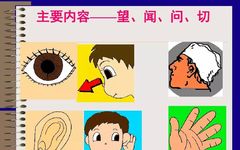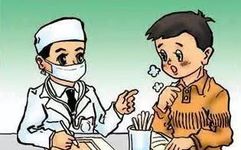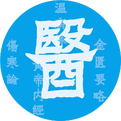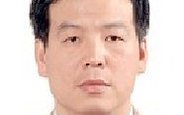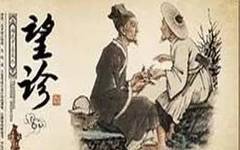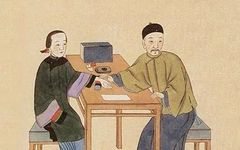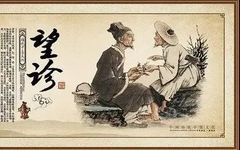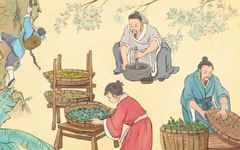The Significance of the Four Diagnostic Methods in Traditional Chinese Medicine
Four Diagnostic Methods in TCM: This refers to the “Four Diagnostic Methods” proposed by Bian Que based on the experiences of predecessors, namely: observation (望, wàng), listening and smelling (闻, wén), inquiry (问, wèn), and palpation (切, qiè). These four diagnostic methods are still widely used today and are important bases for TCM syndrome differentiation … Read more

